Search
Search Results
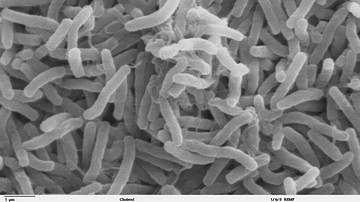
Definition
Germ Theory
The germ theory, which emerged in the late 19th century, demonstrated that microscopic germs caused most human infectious diseases. The germs involved included bacteria, viruses, fungi, protozoa, and prions. Louis Pasteur (1822-1895), a French...
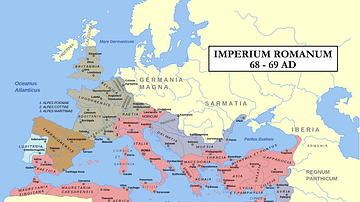
Article
The Batavian Revolt
Batavian revolt was a rebellion of the Batavians against the Romans in 69-70 CE. After initial successes by their commander Julius Civilis, the Batavians were ultimately defeated by the Roman general Quintus Petillius Cerialis. The year...
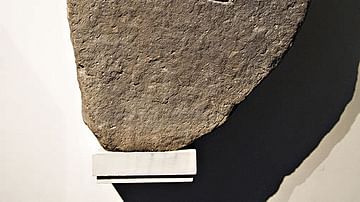
Definition
Picts
The Picts were a people of northern Scotland who are defined as a "confederation of tribal units whose political motivations derived from a need to ally against common enemies" (McHardy, 176). They were not a single tribe, nor necessarily...

Definition
Macbeth, King of Scotland
Macbeth Macfinlay (aka Mac Bethad mac Findláig) reigned as the king of Scotland from 1040 to 1057 CE. The ruler of Moray, he took the throne via the battlefield from his predecessor Duncan I of Scotland (r. 1034-1040 CE). Macbeth reigned...

Definition
Stone of Scone
The Stone of Scone (Gaelic: Lia Fail), also known as the Stone of Destiny or Coronation Stone, is a block of sandstone associated with the coronation ceremonies of the medieval monarchs of Scotland. These ceremonies were held at Scone, a...
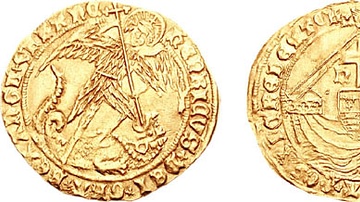
Definition
King's Evil
The king’s evil (from the Latin morbus regius meaning royal sickness), more commonly known as scrofula or medically tuberculous lymphadenitis, was a skin disease believed to be cured by the touch of the monarch as part of their inherited...
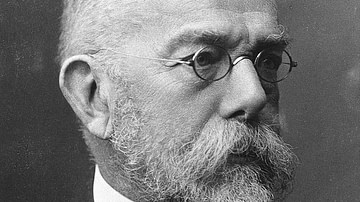
Image
Robert Koch
Portrait of Robert Koch (1843-1910), published in 1907 in Les Prix Nobel.
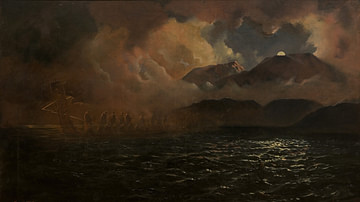
Image
The Phantom Canoe: A Legend of Lake Tarawera
An 1888 painting by Kenneth Watkins (1847-1933) of the 'phantom canoe' seen on Lake Tarawera, New Zealand on May 31, 1886, eleven days before the eruption of Mount Tarawera in June 1886. To the local Maori population, the sighting was an...
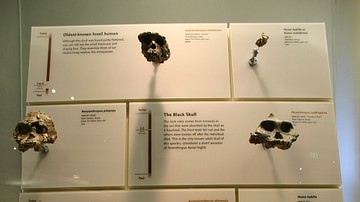
Image
Hominin Skulls
Wall of hominin skulls on display in the David H. Koch Hall of Human Origins at the Smithsonian Natural History Museum. They were all found in Africa. Left to right, from the top: Sahelanthropus tchadensis, Homo habilis or Homo rudolfensis...
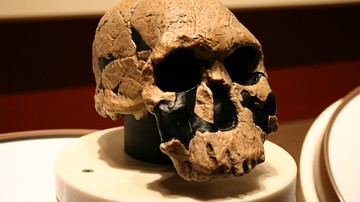
Image
Homo Rudolfensis Skull (KNM-ER 1470)
Cast of the skull (KNM-ER 1470) of Homo rudolfensis. The original specimen was found at Koobi Fora in Kenya by Bernard Ngeneo (a member of Richard Leakey's team) in 1972. The skull is c. 2 million years old. David H. Koch Hall of Human...